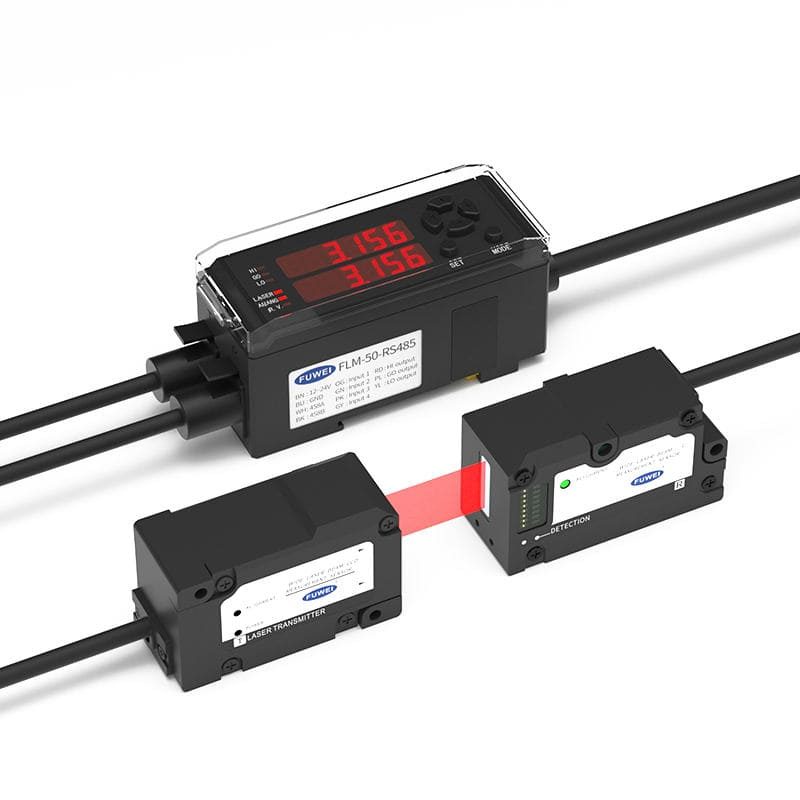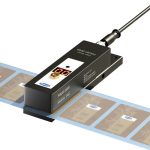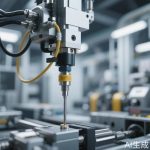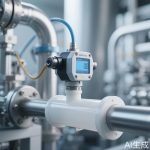 In the rapidly evolving world of industrial automation, selecting the right industrial sensor can make or break your system’s performance. Whether you’re designing a smart factory, integrating a new PLC system, or upgrading legacy machinery, sensors are the front-line components that connect the physical environment to intelligent control systems.
But with hundreds of sensor models and dozens of technical specifications to consider, how do you choose the right one? This guide will walk you through the key criteria to consider and help you find the ideal sensor for your next automation project.
In the rapidly evolving world of industrial automation, selecting the right industrial sensor can make or break your system’s performance. Whether you’re designing a smart factory, integrating a new PLC system, or upgrading legacy machinery, sensors are the front-line components that connect the physical environment to intelligent control systems.
But with hundreds of sensor models and dozens of technical specifications to consider, how do you choose the right one? This guide will walk you through the key criteria to consider and help you find the ideal sensor for your next automation project.
Why Sensor Selection Matters in Industrial Automation
Sensors act as the “nervous system” of any automation process. They detect physical changes—such as movement, distance, temperature, pressure, or presence—and convert them into electrical signals that machines can process. Poor sensor selection can lead to:- Inaccurate readings or missed detections
- Unreliable machine behavior
- Higher failure rates and downtime
- Integration issues with control systems
Step 1: Define the Measurement Target
Start by identifying what you need to detect or measure:- Position or Distance: Use laser displacement, ultrasonic, or inductive sensors.
- Presence or Object Detection: Photoelectric or proximity sensors work best.
- Temperature: Thermal or RTD sensors for heat-sensitive processes.
- Force or Load: Load cells or strain gauge-based sensors.
- Fluid Pressure: Analog pressure sensors or transducers.
Step 2: Consider Environmental Conditions
Industrial environments can be challenging, so your sensor must withstand its operating conditions:- Temperature Range: High-heat environments require sensors rated for thermal stability.
- Dust and Moisture: IP67 or IP68-rated sensors resist harsh environments.
- Vibration and Shock: Mechanical stability is important for factory machinery.
- EMI/EMC Interference: Shielded cables and robust signal filters may be necessary.
Step 3: Evaluate Accuracy and Resolution
Precision matters. A sensor’s resolution and repeatability define how consistently and finely it can detect changes. For high-accuracy applications—like semiconductor manufacturing or robot calibration—laser displacement sensors offer resolutions as fine as 0.01 mm. For general object detection, a lower-resolution sensor may be sufficient and more cost-effective.Step 4: Choose the Right Output Type
Sensors come with different output signals. Choose one compatible with your controller, PLC, or monitoring system:- Digital (ON/OFF): NPN/PNP outputs for binary presence detection.
- Analog (0–10V, 4–20mA): For distance, pressure, or temperature sensing.
- Serial Communication: RS485, Modbus, IO-Link for smart integration with advanced control systems.
Step 5: Match Mounting and Installation Requirements
Even the most advanced sensor won’t help if it’s hard to install. Consider:- Sensor size and shape
- Mounting brackets or threaded housing
- Cable orientation (side, rear, or bottom exit)
- Connector type (M12, terminal block, flying leads)
Step 6: Review Application Examples
Here are common use cases and their ideal sensor types:| Application | Recommended Sensor |
|---|---|
| Automated Conveyor Object Detection | Photoelectric Sensor |
| Robotic Arm Positioning | Laser Displacement Sensor |
| Tank Level Measurement | Ultrasonic Sensor |
| Hydraulic Pressure Monitoring | Analog Pressure Sensor |
| Temperature in Furnace | Thermal Sensor / RTD |
Why FUWEI Is the Smart Choice for Industrial Sensors
At FUWEI, we specialize in designing and manufacturing rugged, high-performance sensors that help engineers build smart, reliable, and scalable automation systems. Our product offerings include:- ✔ Laser displacement sensors with sub-millimeter accuracy
- ✔ Ultrasonic sensors for long-range measurement
- ✔ IP67-rated photoelectric sensors for harsh environments
- ✔ RS485 and Modbus communication options
- ✔ OEM customization for tailored applications
Final Thoughts
Choosing the right industrial sensor requires a thoughtful approach based on your specific automation needs. By considering factors such as detection type, accuracy, environment, and connectivity, you can ensure that your project is built on a foundation of reliability and performance. Need help selecting a sensor? Contact FUWEI today and get expert recommendations customized to your application. Speak to a Sensor Specialist Now →Tags: choose industrial sensor, automation sensor guide, industrial sensor types, factory automation, smart factory sensors, FUWEI




Leave a Message